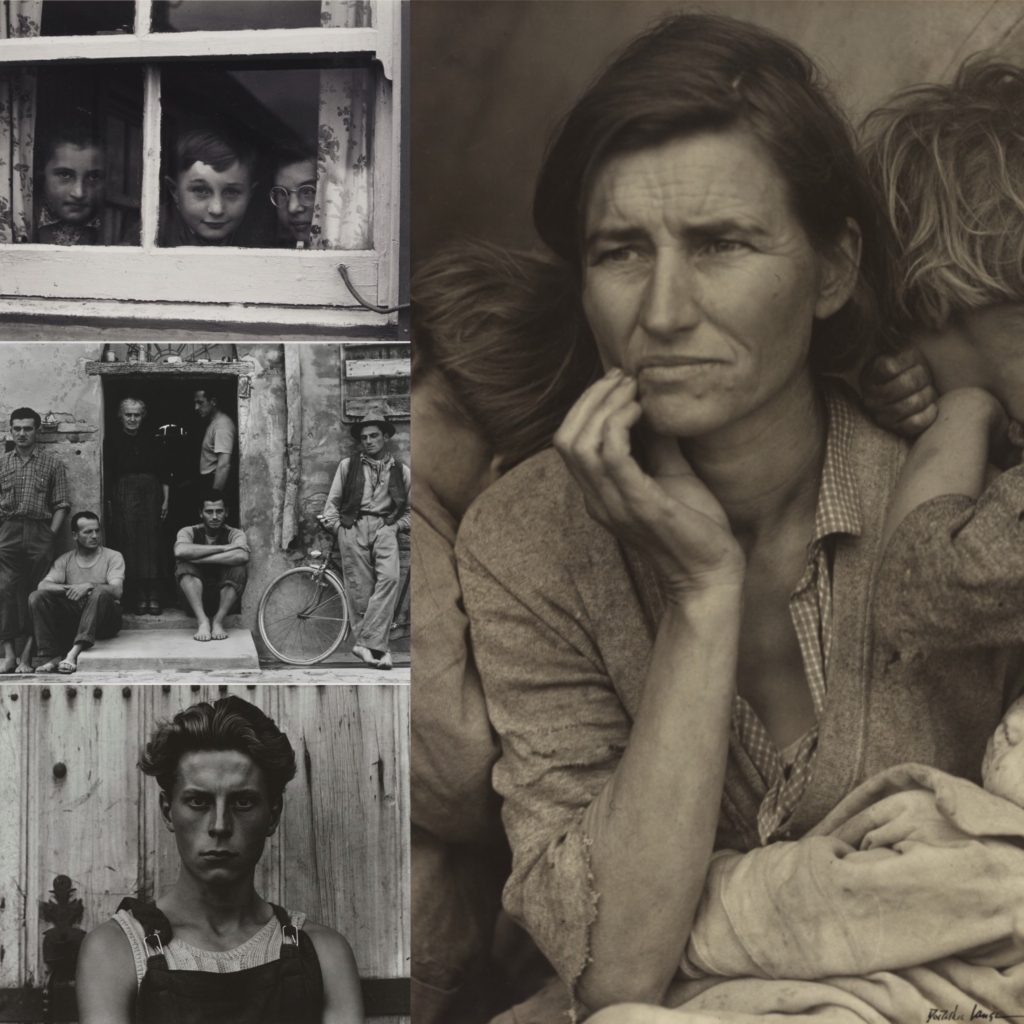Pictorialism
Time period : 1880s-1920s

Key characteristics/ conventions :
Pictorialism is a style of photography where photographer attempted to make photography a more conventional form of art, since it was not seen as creative during the era it was first created in. This included using models in specific clothing and created outcomes that were unfocused in order to make my creative outputs that resembles drawings and paintings. Pictorialism is heavily revolved around female nudity, as during this time photography as a profession was very elitist, meaning it was mostly dominate by men, which used the female form, sexualizing the female body.
Artists associated:
- John everett millais: Painted Ophelia, which is the sort of art this movement was inspired by
- Julia Margaret Cameron: one of the few recognised female photographers of this time
Many different pictorialsit groups formed in different areas as part of this movement:
- Austria: Vienna camera club
- London: The brotherhood of the linked ring
- New York: Photo-secession
Methods/ techniques/ processes:
This movement strived for photography to be artistic so different techniques were used in order to achieve different effects:
- Used to scratch and manipulate prints. This would make images appear more like pencil drawings or sketches.
- Vasaline was sometimes placed on the lens to blur images, as it doesn’t allow the lens to focus.
REALISM / STRAIGHT PHOTOGRAPHY
Time period: 1920s

Key characteristics/ conventions :
Realism is a style of photography that is purely documentary style. It revolves around recording things accurately and not in a metaphorical or artistic manor. It focuses on real people, and real life situations instead of being staged artistically. Photographers who were part of this movement aimed to take images that were clear and precise, so they disregarded techniques such as soft focus and replaced it with sharp images with a wide depth of field.
lots of sub-groups were formed. Social reform photography used real, working class people as its subject. Photographers such as Dorothea Langue focused on documenting the effects of urbanization and industrialization on working class Americans. This was something very prominent at the time of this movement, as the great depression in 1929 left a lot of people struggling. We now see this type of photography as Photojournalism.
Artists associated:
- Walker Evans
- Alfred Stieglitz
- Paul strand
- Dorothea Lange
Methods/ techniques/ processes:
- Sharp focus
- wide depth of field
- environment portraiture
